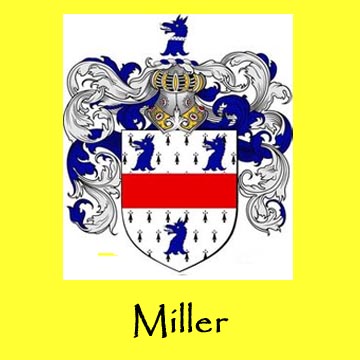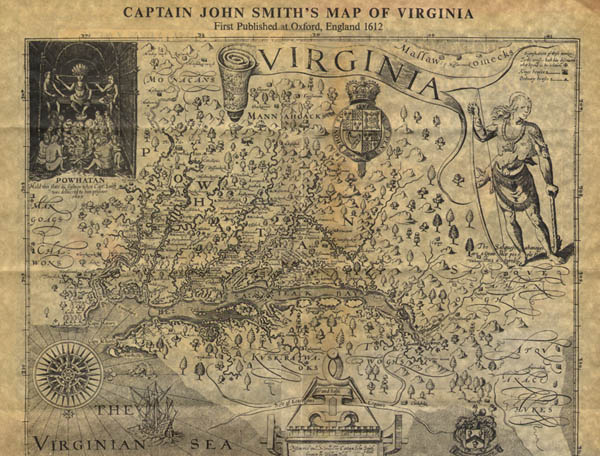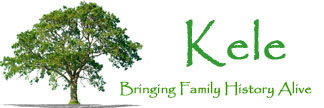On May 14, 1607, a group of roughly 100 members of a joint venture called the Virginia Company founded the first permanent English settlement in North America on the banks of the James River. Famine, disease and conflict with local Native American tribes in the first two years brought Jamestown to the brink of failure before the arrival of a new group of settlers and supplies in 1610. Tobacco became Virginia’s first profitable export, and a period of peace followed the marriage of colonist John Rolfe to Pocahontas, the daughter of an Algonquian chief. During the 1620s, Jamestown expanded from the area around the original James Fort into a New Town built to the east; it remained the capital of the Virginia colony until 1699.




